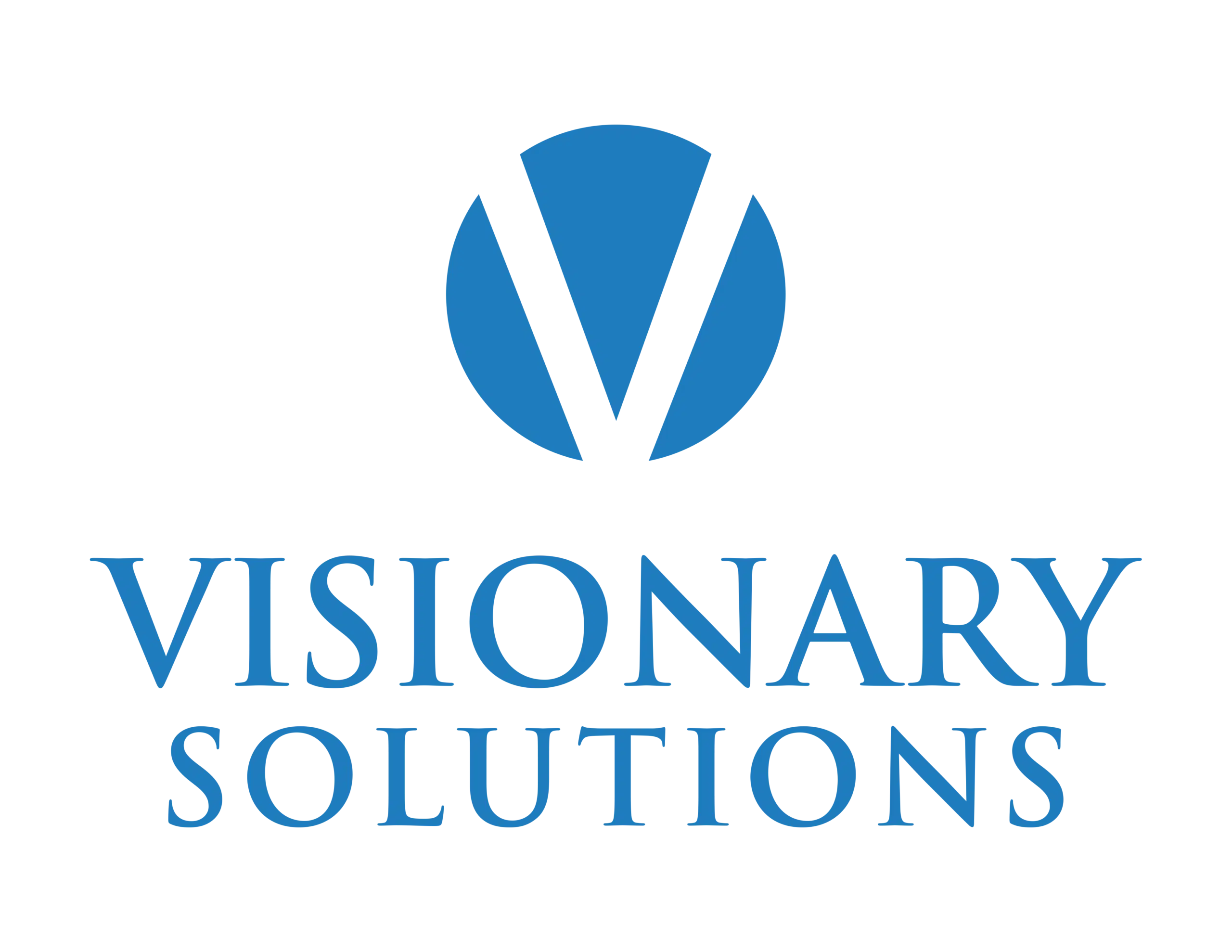In the complex realm of healthcare, efficient scheduling systems are crucial for optimizing patient flow and managing appointments.
Among the various methods employed, wave Scheduling stands out as an innovative approach. This method revolutionizes the traditional set appointment times by allowing a more fluid and dynamic structure.
Embracing the dynamic nature of patient arrivals, enhances the flexibility of such services, aligning more closely with the actual needs of patients and healthcare providers.
Alongside its foundational principles, a modified version of wave scheduling has emerged, adapting the model to better suit specific medical environments.
In this guide, we’ll delve into the depths of both models, offering insights, benefits, and practical applications for professionals seeking to optimize their scheduling methods.
Wave Scheduling Definition
Wave scheduling is a technique commonly used in healthcare settings, particularly in medical practices and clinics.
It operates on the principle of grouping patient appointments into specific time slots, often at the start of each hour or half-hour, rather than assigning a fixed time for each patient.
The fundamental concept involves creating a “wave” of patient arrivals at the beginning of a designated time slot.
For instance, if a medical office uses a 9 a.m. wave schedule, several patients might be scheduled to arrive at 9 a.m., creating a simultaneous influx of clients at that time. This approach aims to manage patient flow more efficiently, reducing idle time for healthcare providers and potentially decreasing waiting times.
This allows flexibility within the set time frame, enabling staff to see patients on a first-come, first-served basis, optimizing the use of resources, and improving the overall productivity of the clinic.
Wave scheduling offers healthcare professionals an opportunity to adapt to variable appointment lengths and accommodate potential delays.
For instance, if one patient’s consultation runs longer than anticipated, this method allows for more flexibility in the schedule, as others within the same time can be seen promptly after their arrival.
This minimizes the potential impact of one late or time-consuming appointment on the overall schedule, ensuring a more balanced flow.
This method can be particularly useful in managing variations in appointment times for different types of consultations or procedures, such as those requiring varied durations or unexpected complexities.
It provides a degree of flexibility for healthcare providers, enabling them to allocate sufficient time for every person’s needs within a specified slot, without rigidly binding them to an exact booking.
This can be an effective strategy for balancing client volumes and managing workflow, although its success largely depends on the ability of the staff to coordinate and manage arrivals efficiently.
The method’s ability to streamline and enhance clinical operations often makes it a preferred approach in various settings.
Wave Scheduling vs Modified Wave Scheduling: Unraveling the Differences
Wave scheduling and its modified variant, referred to as Modified Wave Scheduling, represent two distinct methodologies for managing appointments and patient flow in various medical settings.
Understanding the nuanced differences between these models is crucial for providers aiming to optimize their practice efficiency while ensuring quality patient care.
What is Wave Scheduling?
Just as we’ve introduced above, this is a method used to structure patient appointments by organizing specific time blocks for certain types of visits.
In this system, a predefined number of patients are scheduled to arrive at the start of each hour, forming a “wave”.
For example, three patients may be scheduled to arrive at 9:00 AM, another three at 10:00 AM, and so forth.
The idea is to establish a rhythm to arrivals, aiming to reduce empty gaps in the schedule and ensure a steady flow of patients.
However, traditionally, the actual wait times and the variation in service duration often lead to congestion during certain periods, potentially causing delays and impacting overall satisfaction.
What is Modified Wave Scheduling?
The modified wave scheduling definition can be summarized as an adaptation of the conventional wave scheduling method, aiming to address some of the limitations and challenges inherent in the standard approach.
This modification involves allocating one or more “wave” start times throughout the day but integrating flexibility within those time slots.
Unlike traditional wave scheduling, this model allows for greater adaptability within each wave.
As such, the first two patients may arrive at 9:00 AM, followed by two more at 9:15 AM, and so on, accommodating variations in patient needs and service duration.
This adjusted approach aims to maintain the structure of a wave system while providing more personalized care and flexibility to adjust to unexpected variations in booking times.
The Main Differences
The primary differences between wave scheduling and modified wave scheduling lie in their approaches to appointment structure, flexibility, and patient flow management.
In the former, patients are scheduled in predefined, fixed “waves,” generally resulting in congested periods and potential delays if appointments run longer than anticipated.
This rigid structure may not fully accommodate individual needs, leading to increased waiting times and reduced satisfaction.
On the other hand, the latter maintains the core concept of waves but incorporates increased flexibility within those set times.
This adaptation enables the practice to manage patient flow while allowing for adjustments within each wave to better align with the diverse needs and complexities of special care.
The modified approach strives to strike a balance between maintaining a robust flow and providing adaptable scheduling, aiming to minimize waiting times and enhance overall experience.
All in all, the nuanced difference between these methods lies in their ability to balance structure and flexibility.
Understanding such variations is crucial for healthcare providers to choose the most suitable scheduling model that aligns with their practice requirements and patient preferences.
Benefits of Wave and Modified Wave Scheduling
Regular and Modified Wave Scheduling offers distinct advantages in clinical operations, revolutionizing patient management and enhancing overall efficiency within medical facilities.
In the case of Wave Scheduling, the primary advantage lies in its ability to manage patient flow more effectively.
By grouping patient appointments into designated periods, this method reduces congestion and waiting times. Patients are not bound to strict appointment times, which grants flexibility and accommodates unforeseen delays.
This approach cultivates a smoother flow, significantly reducing bottlenecks and optimizing the utilization of resources.
Moreover, it enhances operational efficiency.
Medical staff can better allocate their time as they are not bound to rigid appointment slots. It allows them to address everyone’s needs more comprehensively and avoids potential time constraints often faced with traditional models.
Additionally, it enables providers to accommodate urgent cases promptly, improving the overall quality of the service.
In contrast, Modified Wave Scheduling presents similar advantages while also incorporating the benefits of a structured schedule.
This model effectively balances the advantages of both the traditional and wave scheduling methods. It reduces patient wait times without sacrificing the predictability and structure that fixed appointment slots offer.
Patient satisfaction is significantly improved through this. By minimizing waiting times and offering clients greater flexibility within set time frames, this approach fosters a more patient-centric experience.
They appreciate the reduced wait times and the increased likelihood of being seen promptly, providing them with a sense of control and reducing their anxiety regarding booking uncertainties.
Both Wave and Modified Wave Scheduling methods improve overall patient satisfaction by offering a more efficient, less congested environment and a better allocation of medical resources.
These models foster a client-focused healthcare system that values both parties’ time as well as the provider’s ability to deliver quality care efficiently.
Wave and Modified Wave Scheduling: Disadvantages Explored
Wave and Modified Wave Scheduling, while effective in managing patient flow in medical practices, comes with their own set of disadvantages and challenges.
Overbooking remains a prominent concern in both scheduling systems.
In Wave scheduling, the risk of overloading certain timeslots and causing long wait times for patients is prevalent. This can lead to dissatisfaction and negatively impact the quality of care delivered.
In contrast, the modified approach, where a few patients are scheduled at the beginning of the hour, might also lead to overbooking if the practice doesn’t accurately predict the average appointment time required.
As a result, physicians might struggle to keep up with the pace of consultations, leading to delays and inefficiencies.
Effective patient communication needs might be another challenge.
In Wave Scheduling, since patients are expected to show up at a particular time range, clear and detailed communication is essential.
If not informed adequately, clients might misinterpret the booking times, leading to confusion and missed or late appointments.
Modified Wave Scheduling, though allowing for a more structured approach, may demand precise communication regarding the actual time within the “wave,” as patients could confuse the start time of the hour for their individual slot.
Both systems need to manage variations in needs and durations.
While patients’ health concerns may not always align with the schedule, allocating the same amount of time for each person can be problematic.
In Wave Scheduling, it might result in congestion, causing delays when patients’ needs exceed the allotted timeframe.
For Modified Wave Scheduling, this may cause them to receive inadequate time with their healthcare providers, potentially affecting their sentiment towards the service offered.
Moreover, the lack of flexibility in these systems could pose challenges.
In the former, if an unforeseen urgent case arises, it can disrupt the entire schedule for that period, causing a cascading effect.
The latter, although providing a more regular flow, might struggle to accommodate urgent cases efficiently within the pre-set scheduling structure.
Communication becomes crucial to manage and inform patients about any delays or changes.
Both systems might find it challenging to do so effectively with patients about unexpected schedule changes, which can lead to dissatisfaction and frustration among those waiting for their appointments.
The dynamic nature of healthcare and patient needs makes it essential to strike a balance between managing flow and catering to individual medical requirements.
While both offer structured systems, their rigidity, and potential communication challenges may pose difficulties in adapting to the ever-changing healthcare environment and the diverse needs of patients.
Facilities using these systems need to employ strategies to mitigate these challenges, incorporating effective communication, flexibility within the set structure, and the ability to adapt promptly to unforeseen circumstances to ensure optimal success.
How to Implement Wave Scheduling?
Implementing this strategy in a clinical setting involves a major transition that requires careful planning and execution.
Here is a step-by-step guide for clinics considering its adoption:
Understanding Wave Scheduling
Begin by thoroughly understanding what wave scheduling entails.
To recap, unlike traditional appointment-based systems, this one organizes appointments into specific time frames, ensuring a smoother flow throughout the day.
Patients are grouped into waves, typically arriving at the start of a given time slot, reducing waiting times and optimizing the clinic’s workflow.
Assessment and Planning
Evaluate the current patient load, resources, and staff capacity.
Determine the appropriate wave lengths (e.g., 15- or 20-minute intervals) that align with your clinic’s workflow.
Understanding the patient volume and the nature of medical services offered will aid in determining the ideal wave structure.
Staff Training and Preparation
Educate your staff about the concept and the changes it brings.
Train receptionists and scheduling coordinators on the new system to efficiently manage and organize waves.
Ensure all team members are well-versed in the schedule and understand their roles within this new framework.
Implementing Efficient Tools and Software
Consider adopting software or tools that support wave scheduling.
There are various options available that can streamline the process, allocate wave times, and manage patient flows effectively.
Systems that integrate with patient records, allowing for easy access to patient history and relevant information, are particularly beneficial.
Communication with Patients
Transparent communication with patients is crucial.
Notify them of the clinic’s shift to wave scheduling and the benefits it offers.
Emphasize the importance of adhering to scheduled times to ensure a smooth and efficient flow for all patients.
Utilize reminders and notifications to keep them informed about their booked slots.
Test and Fine-tune
Start with a pilot phase or trial run to assess the effectiveness of the new wave scheduling system.
Use this period to identify any bottlenecks, adjust wave lengths, and refine the process based on the actual patient load and staff capabilities.
Common Pitfalls to Avoid
- Overbooking: Be cautious not to overbook within a wave, as it might lead to increased waiting times and compromise patient satisfaction.
- Insufficient Staffing: Ensure that the clinic is adequately staffed during peak wave periods to manage patient influx.
- Not Allowing Flexibility: While maintaining the wave structure, allow for flexibility in urgent cases or unexpected patient needs.
Transitioning to wave scheduling can significantly enhance the efficiency and patient experience within a clinic.
By carefully planning the implementation, utilizing appropriate tools, and fostering clear communication, clinics can effectively streamline their operations and optimize patient care.
What is an Example of Wave Scheduling?
In a busy, community-based clinic, the administrative team and medical practitioners implemented a wave scheduling system to optimize patient flow and minimize wait times.
The clinic serves a diverse patient population, ranging from routine check-ups to more complex medical conditions.
With wave scheduling, the facility divided its daily schedule into specific time slots, known as waves.
For instance, they designated three waves: early morning (8:00 AM – 10:00 AM), midday (11:00 AM – 1:00 PM), and late afternoon (2:00 PM – 4:00 PM).
Each one accommodated various appointment types, such as routine check-ups, consultations, and minor procedures.
The clinic assigned specific patient groups to each wave, allowing flexibility in how patients were seen.
As an example, the early morning wave might primarily cater to routine check-ups and follow-up appointments, while the midday one focused on consultations and minor procedures.
This approach aimed to reduce congestion and allow physicians to allocate adequate time for each patient.
By implementing this strategy, the clinic noticed a notable improvement in patient flow management.
They were seen more promptly, and the waiting times were reduced significantly. Moreover, the staff members were able to maintain a more consistent schedule, reducing the likelihood of appointment delays and optimizing their time throughout the day.
However, the clinic also encountered challenges with this approach.
Occasionally, if one wave was busier than expected or if there were complex cases, it led to a spill-over effect into the subsequent one.
This resulted in delayed appointments and some patients experiencing longer-than-anticipated wait times.
Overall, the adoption of this system allowed them to improve patient satisfaction by reducing waiting times and providing a more structured schedule for medical practitioners.
Despite facing challenges with occasional overflow from one wave to another, the benefits of better time management and reduced wait times outweighed the drawbacks, making operations more efficient and patient-centric.
FAQs
What is a disadvantage of the wave scheduling system?
One disadvantage is potential unpredictability, as delays or early completions in appointments can create variations affecting subsequent waves, occasionally causing patient wait times.
How does wave scheduling optimize patient flow?
This optimizes patient flow by organizing appointments in set time frames, promoting a more even distribution of arrivals throughout the day, reducing wait times, and providing more efficient use of healthcare providers’ time.
How does wave scheduling differ from traditional scheduling?
Wave scheduling differs from traditional scheduling by structuring appointments into distinct time slots (waves) rather than specific appointment times.
Patients are scheduled to arrive within a given time frame, promoting flexibility within these windows.
How can clinics transition to wave scheduling?
They should start by analyzing their patient flow and considering the number of patients they can manage within each wave.
They should also educate staff and patients about the new system to ensure a smooth transition.
What are the challenges of wave scheduling systems?
Challenges include potential disruptions caused by patient delays or early arrivals affecting subsequent waves, patient no-shows impacting the efficiency of the system, and the need for effective staff coordination to maintain the flow.
Conclusion
In conclusion, this article has delved into the comparative analysis of two different Wave Scheduling methods, shedding light on their distinct operational approaches within the healthcare setting.
Understanding the core takeaways is pivotal for clinics seeking to optimize their scheduling systems.
Wave Scheduling, with its emphasis on flexibility and accommodating unexpected patient needs, offers a more open structure. In contrast, the modified approach provides a blend of flexibility and structure by grouping appointments into staggered waves, promoting a balance between patient flow and physicians’ time management.
The importance of grasping the nuances of both methodologies lies in making an informed decision aligned with a clinic’s unique requirements, patient volume, staff capabilities, and operational goals.
By comprehending the intricacies and benefits of each approach, healthcare professionals can implement the most suitable system that maximizes efficiency and patient satisfaction while meeting the clinic’s specific demands.




